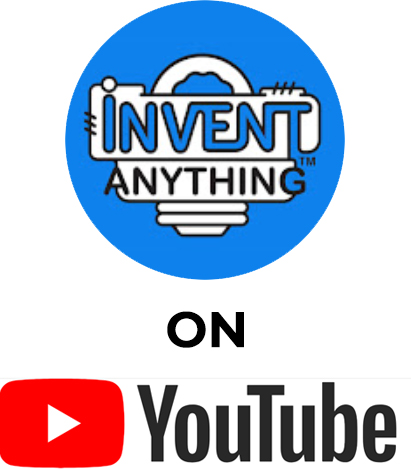When you think about invention, it’s easy to assume that those with the highest academic credentials—like PhDs—are always the most creative. But here’s the twist: non-PhD individuals often outshine them in creativity, especially with the right tools. This article explores how creativity works, why it isn’t limited to academics, and how you can unlock innovative potential at every level. Whether you’re a CEO or inventor, this guide offers insights into unlocking creative innovation for patents and IP consulting.
The Creativity Myth: It’s Not Just for Experts
Many believe creativity is something you either have or don’t. With their specialization, PhDs seem like natural candidates for breakthroughs. However, experience shows that creativity isn’t about academic titles—it’s about the tools and mindset applied to problem-solving.
Technicians and engineers, for example, often outperform PhDs when equipped with creative thinking techniques. PhDs may rely on existing theories, while non-PhDs approach problems with fresh perspectives, unlocking creative innovation for patents and IP consulting along the way.
Creativity Is a Skill, Not Magic
Some people think creativity is a rare gift, like a magician’s trick. But creativity is a skill anyone can develop. Edward de Bono’s lateral thinking shows how creativity isn’t about right or wrong ideas but exploring different ones. This blend of imagination, knowledge, and evaluation is essential for generating inventive solutions.
Take two engineers—one with a PhD and one without. While the PhD may systematically analyze the problem, the non-PhD might experiment freely, arriving at unexpected solutions. Both paths are crucial for innovative patent strategies, making creativity accessible across levels.
Freedom and Resources: Finding the Right Balance
Freedom encourages creativity, but too much can create confusion. A balance between autonomy and direction is essential to unlocking innovative potential. Similarly, resources alone don’t guarantee creative output—constraints often lead to the most groundbreaking solutions.
Companies that throw billions into innovation centers often see limited returns, while inventors with fewer resources achieve significant breakthroughs. The key is knowing how to leverage available resources to support creativity and invention effectively.
The Role of Teams in Unlocking Creative Innovation for Patents and IP Consulting
Creativity isn’t just about individuals; it thrives in teams. Homogeneous groups tend to produce predictable results, while diverse teams generate more creative solutions. Teams with a mix of “wild” thinkers and practical problem-solvers strike the right balance between innovation and operability—critical for developing new intellectual property.
Adapters vs. Innovators: Understanding the Dynamic
Organizations often struggle to transition between innovators—who excel at developing new ideas—and adapters, who optimize existing processes. Both are essential, but companies that fail to switch between these modes risk stagnation. Similarly, individuals need to know when to innovate and when to adapt to unlock creative potential.
Whether you’re managing a team or working alone, recognizing and balancing these styles is vital for fostering creative innovation in your IP strategy.
Takeaway: Unlocking Creative Innovation for Patents and IP Consulting
The bottom line? Creativity isn’t limited to PhDs or people with fancy titles. It’s a skill that anyone can cultivate through structured tools, teamwork, and the right challenges.
If you feel stuck, remember: small shifts—like setting challenges or exploring diverse perspectives—can unlock new levels of creativity. Whether you’re a CEO developing a patent strategy or an inventor chasing your next big idea, creativity is about how you think, not who you are.
With the right mindset and tools, unlocking creative innovation for patents and IP consulting becomes achievable for everyone. The next breakthrough might just be waiting for you to discover it.


